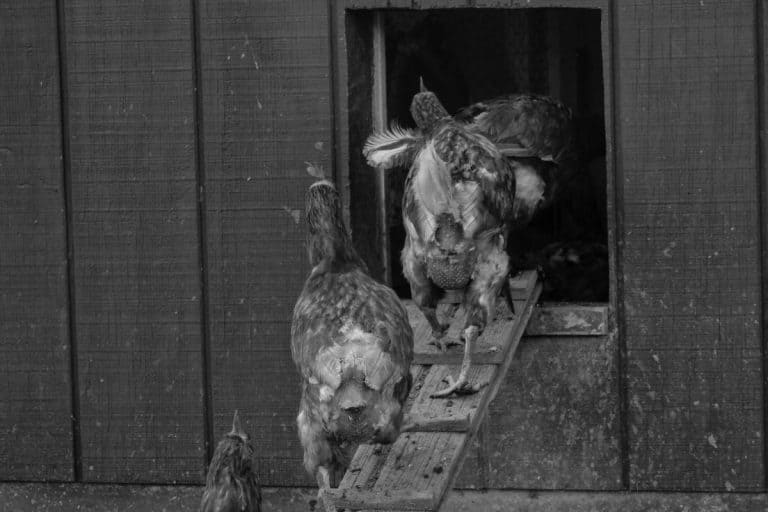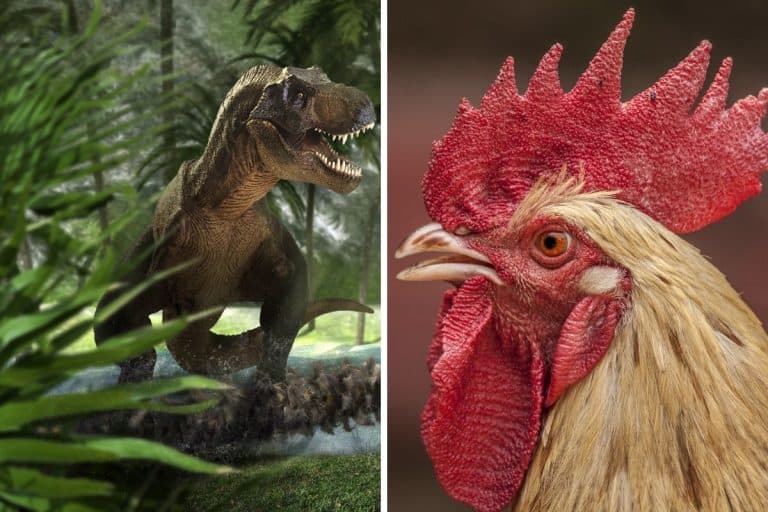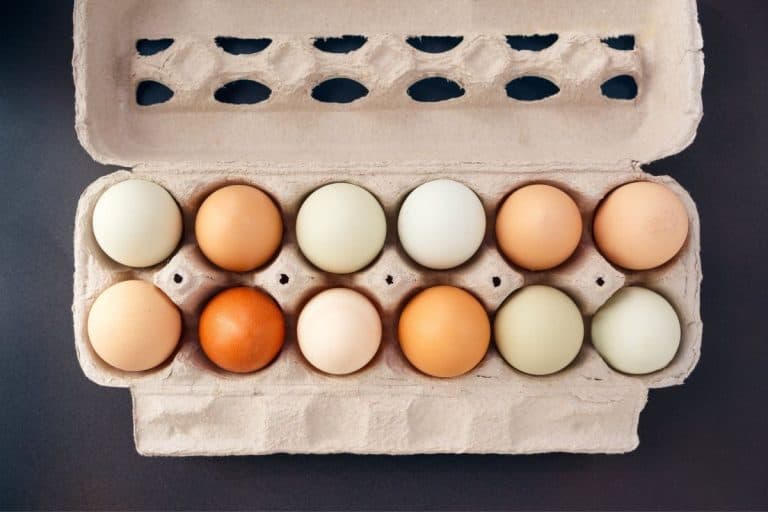Why is my Chicken’s Comb Pale? (Comb colors meaning)
Observing chickens every day is part of many farmer’s and backyard flock raiser’s routines. You can find out a lot about the health of your chickens by watching their behaviors and checking the color of their combs and wattles. A chicken’s comb is an external indicator of its overall condition and health because having a shrunken, pale, or otherwise discolored comb could indicate a range of different illnesses or stress.
As a whole, a chicken’s comb may become pale if they are anemic from parasites, molting, overheating, or about to lay an egg.
The comb tells a lot about internal changes in your hen or rooster’s overall health and can alert you early on to any issues or illnesses they may be having. This article will go over other reasons for a chicken’s comb to become pale or discolored and how you can help when this sign of illness and stress is seen.
Hey chicken buddies: Quick heads-up before going further! I've put together a list of stuff I use and love for my flock. If you're curious about what keeps my hens happy, click here to find out.
What Does a Pale Comb Mean for Chickens?
When observing your flock’s general appearance, behaviors, and comb colors, it is important to know that there are many reasons for the rosy flesh on their heads to look different. This can range depending on age and sexual maturity to simple dehydration.
Because chickens can’t sweat, a chicken’s comb is an organ that acts as a radiator and helps to expel heat from their bodies during the hotter months.

Therefore, the color of the comb depends a lot on the circulatory health of the bird.
- Overheated: If the chicken becomes dehydrated or overheated the chicken’s comb may look shrunken and pale compared to its normal rosy red color.
- Molting: If it is molting season and you notice that one or several chickens have a pale comb, don’t worry, this is only because of the losing and growing of their feathers. Incorporating extra protein into their diet should help speed up the process of molting, bringing them back to their happy, egg-laying selves.
- Anemia: This is where there is a decrease in red blood cells present in the bloodstream. Usually, in chickens, this is due to skin mites or lice as well as intestinal parasites or worms because these pests feed off their host’s blood, therefore causing anemia.
- Eggs: When a hen is about to lay an egg, her comb will become pale because the body is concentrating more of its circulation to her vent and reproductive organs. The comb should immediately return to its healthy color right after producing the egg.
- Sexually immature: A young hen who has not reached her sexual maturity will have a small, pale pink comb until her estrogen hormones increase.
Wait, I have some recommendations for you!
Before you go any further, I want you to take a look at some of the recommendations I've handpicked for you. I think these are essential items you should have for your chickens flock. You can check them out and buy them directly from Amazon.
 | 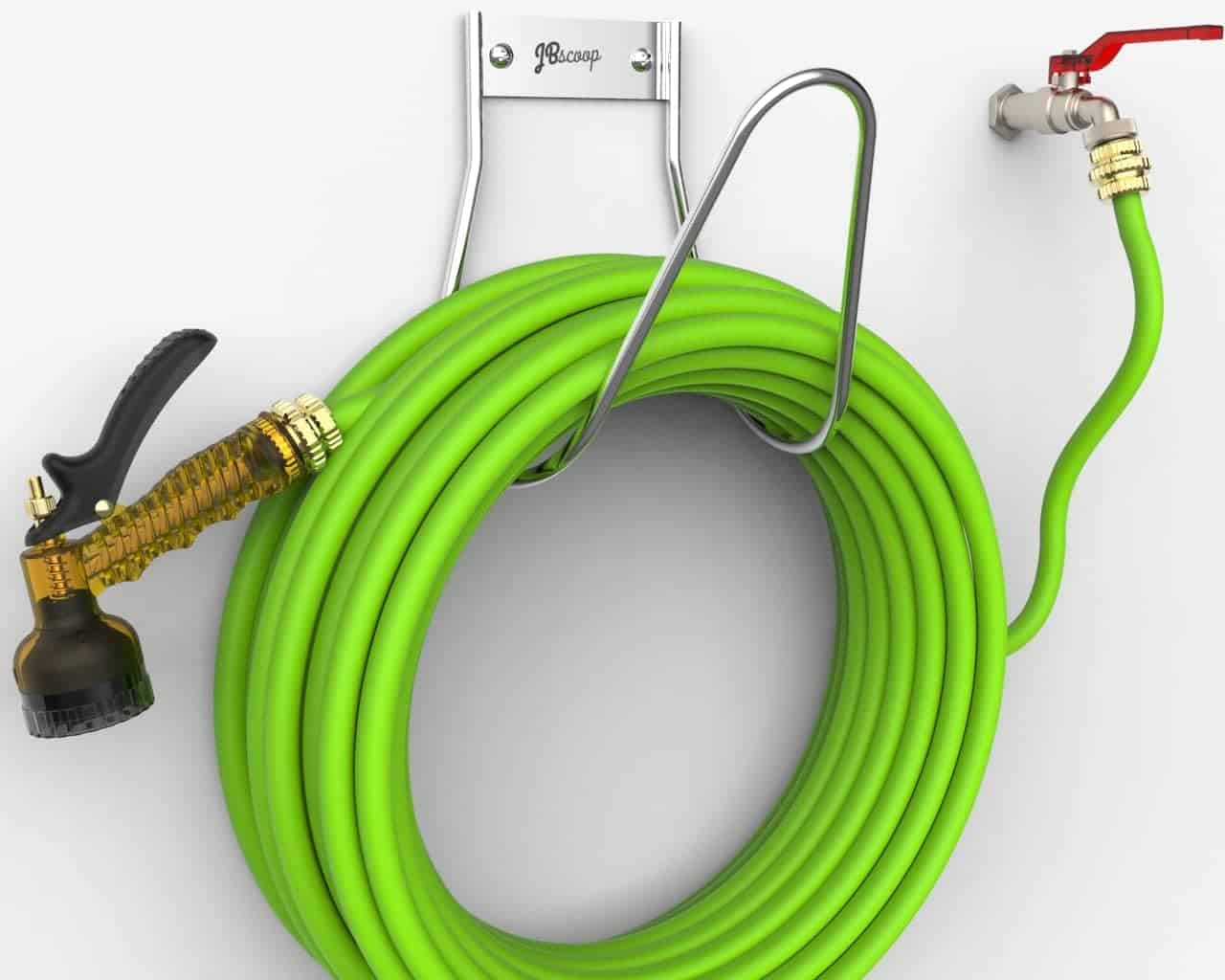 | 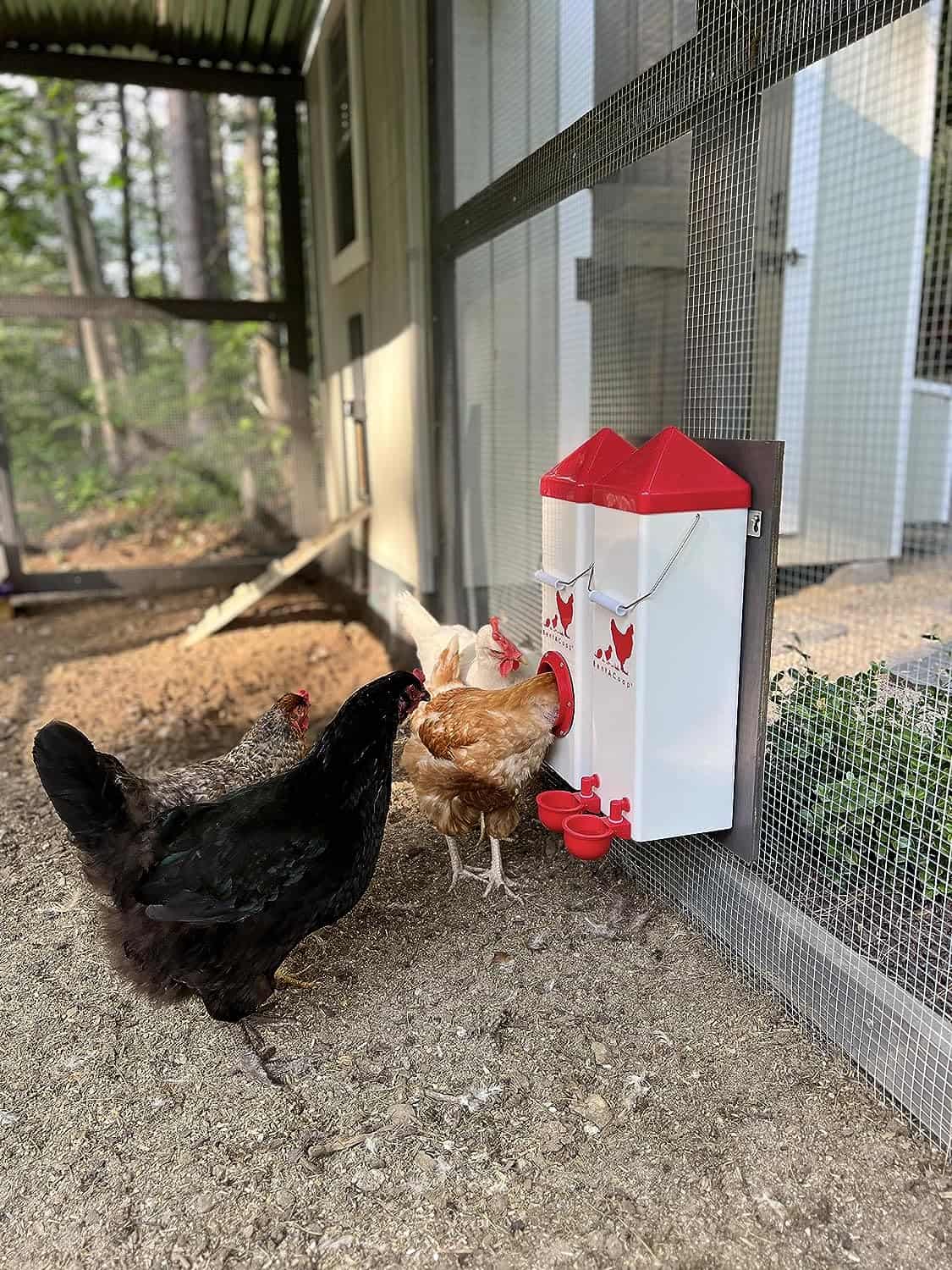 |  |
| Essential accessory for your coop | No more tripping over hoses! | Predator protection made easy | Comfort + style is possible |
What to do When a Chicken’s Comb is Pale?
Some of the reasons for a pale comb are natural and not much can be done for it, like times when they are molting or about to lay an egg. There are times where the action does need to be taken, such as when they are overheating or anemic.
- When a chicken is overheated and their comb is pale, bring them to a place that is cool with plenty of shade and water. Hopefully, veterinary care isn’t necessary if it is caught before the dehydration and heat became too severe. On very hot days, ensure that your chickens have adequate shade, water, and water-laden treats like watermelon or cucumbers.
- Anemia from parasites is something that will most likely require veterinary attention. They can test your bird’s fecal matter for any intestinal worms, as well as physical exams to determine if they have skin mites or lice. A dewormer will be given to clear up the issue with minimal issues.
Other comb colors and what they mean
Combs don’t only become pale if there is an issue. They can become very dark, dry, and unhealthy looking as well, indicating a potentially more serious problem.
An unusually dark red or purple-colored comb could indicate a serious issue with your chicken’s overall health and circulatory system.
- This can signal a lack of oxygen in the bloodstream, respiratory and breathing issues as well as poor circulation, and sometimes even heart attack or stroke. In rare cases, if the color suddenly becomes purple, your chicken may have something caught in its throat and is choking.
Brown or black spots can mean a few things. Sometimes one or two could just be a scab or scrape from a pecking incident or another injury.
- If there are copious lesions on their combs during the winter months, then your chicken could be suffering from frostbite. Ensuring that your coop is well ventilated with minimal cold air and applying a layer of coconut oil to their combs can help prevent further issues with frostbite.

Fowl pox can be an issue with flocks if similar brown or yellow spots are seen on combs during the summer months.
- This is a viral condition that usually manifests in one of two ways: wet or dry. Wet fowl pox will usually come with symptoms like weepy eyes and nose, respiratory distress, lethargy, lack of appetite, and reduced egg production. Dry fowl pox is where the yellow and brown lesions on their face, comb, and wattles are seen. Other symptoms like lethargy and lack of appetite are also present. The wet form of this virus is much worse, typically. With the dry form, the scabs will usually fall off and only leave behind new scar tissue. Unfortunately, with wet fowl pox, it is common that the sick birds need to be euthanized to save the rest of the flock from illness.
A comb with tiny white spots and cracking could indicate a fungal problem, or even something as minor as dry skin.
- Applying some apple cider vinegar and coconut oil should help rejuvenate the comb back to its healthy, moisturized appearance.
Chicken’s Comb and Wattle Size and Texture
Depending on the individual breed, comb and wattle size and shape can be vastly different. All breeds of chickens and their combs differ in shape, size, and even color. Some have much larger combs because they are breeds that live in warmer climates and need to regulate their body heat more often than others.
Some chickens have black feathers, combs, and wattles, making them very different from most other breeds that have a rosy comb. Not to mention more difficult to interpret illness and stress when the skin doesn’t change color much.
A healthy chicken will have a large, firm, and vibrant red comb and wattle. If the flesh feels soft and abnormal compared to its usual appearance and texture then this could indicate an illness or issue with stress or molting.
Role of Chickens Combs in Finding a Mate
Chicken combs and wattles are not just a great indicator of their general health, but can also play a large role in mating.
A full and vibrant comb will mean a bird that is sexually mature and healthy, making them a prime choice to breed with. After all, it is important for the survival of the species to mate with the strongest and most dominant choice available.
Roosters with larger and healthier combs will tend to be the males that are chosen first for breeding by the hens. Because of testosterone, they will typically be larger in size compared to the hens.
The same will go for females when a rooster is looking to mate, a hen with a bigger and redder comb will most likely be chosen first. There is also some data that show that hens with a larger comb have thicker bone density and lay more eggs.
Other Things that Can Explain a Damaged Comb
In some instances, bullying by pecking will happen among hens and roosters. Typically, this is over establishing pecking order in the flock, or maybe due to fighting over resources or mates.
When a hen or rooster decides to overstep their bounds then a more dominant chicken may come and deliver a blow to the comb to keep them in check.
If you are noticing that one or several chickens are coming up with lots of scabs and trauma to their combs, and you have ruled out potential issues like fowl pox and frostbite, it may be necessary to remove those chickens that are being overly aggressive.
Or eliminate what the issue over resources may be. Sometimes there are too many birds for the square footage available to them and overcrowding causes crankiness among the flock.
If it seems like flock mates have suddenly started picking on one hen specifically, it is a good idea to check her over. Birds have the ability to detect illness and injury among their flock far before we will notice it and will attempt to “drive out” sick members.
Dubbing is the cruel act of surgically removing the comb and wattle. This is most common in roosters during the days of cockfighting.
- During fights, the comb and wattle would be injured by claws and beaks, causing a large amount of bleeding. The owners of these birds would cut the comb all the way down to its cushion and the wattles completely to the skin. Once these poor roosters have had their comb removed, they struggle to regulate their body heat and will have a detrimental effect on the chicken’s welfare.
Thankfully this procedure, as well as cockfighting, has been banned in many countries.
Comb and wattle conclusion
Because of how much the comb and wattle colors can define a chicken’s overall health, making sure to always pay attention to this detail is crucial when raising a healthy flock. Observing their physical and emotional appearance and behaviors will help ensure that you identify early signs of diseases and injury so you can treat and fix the issues quicker and with much less difficulty.




